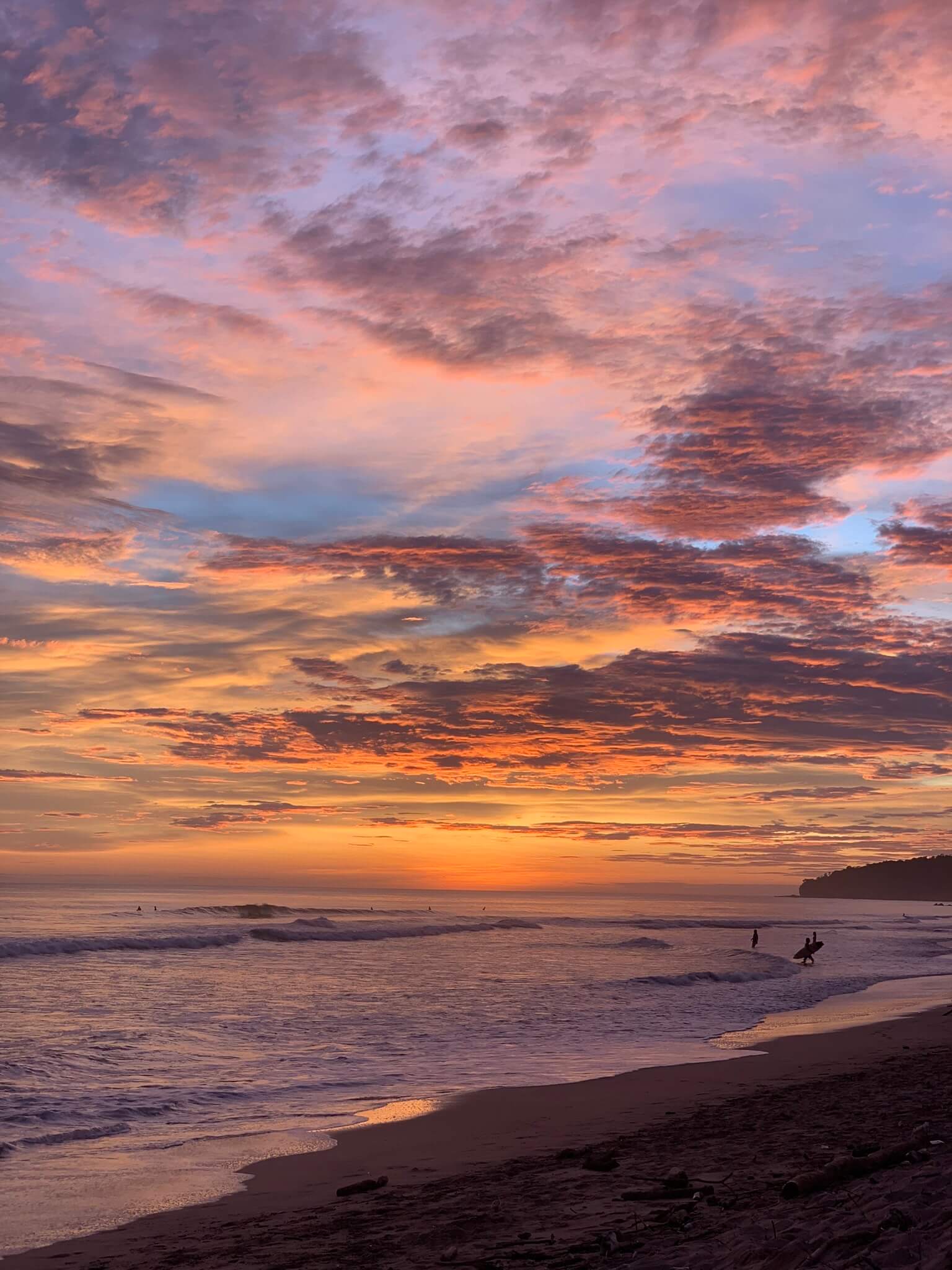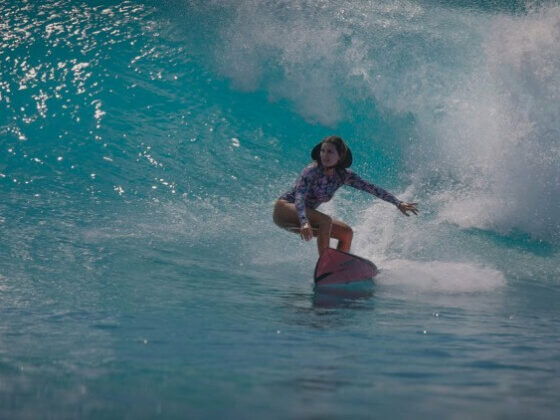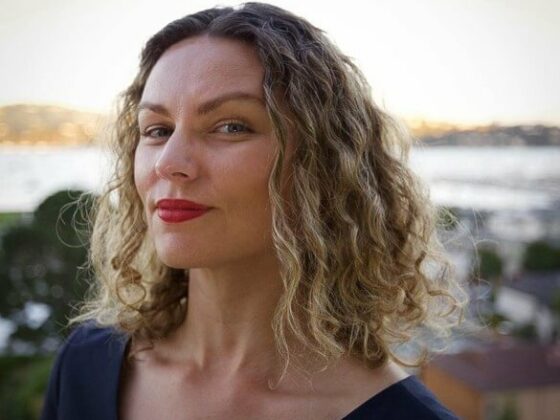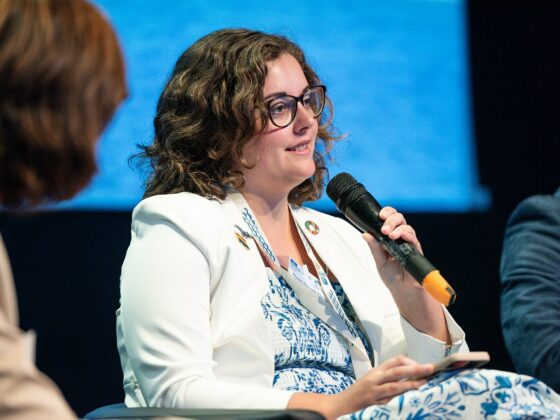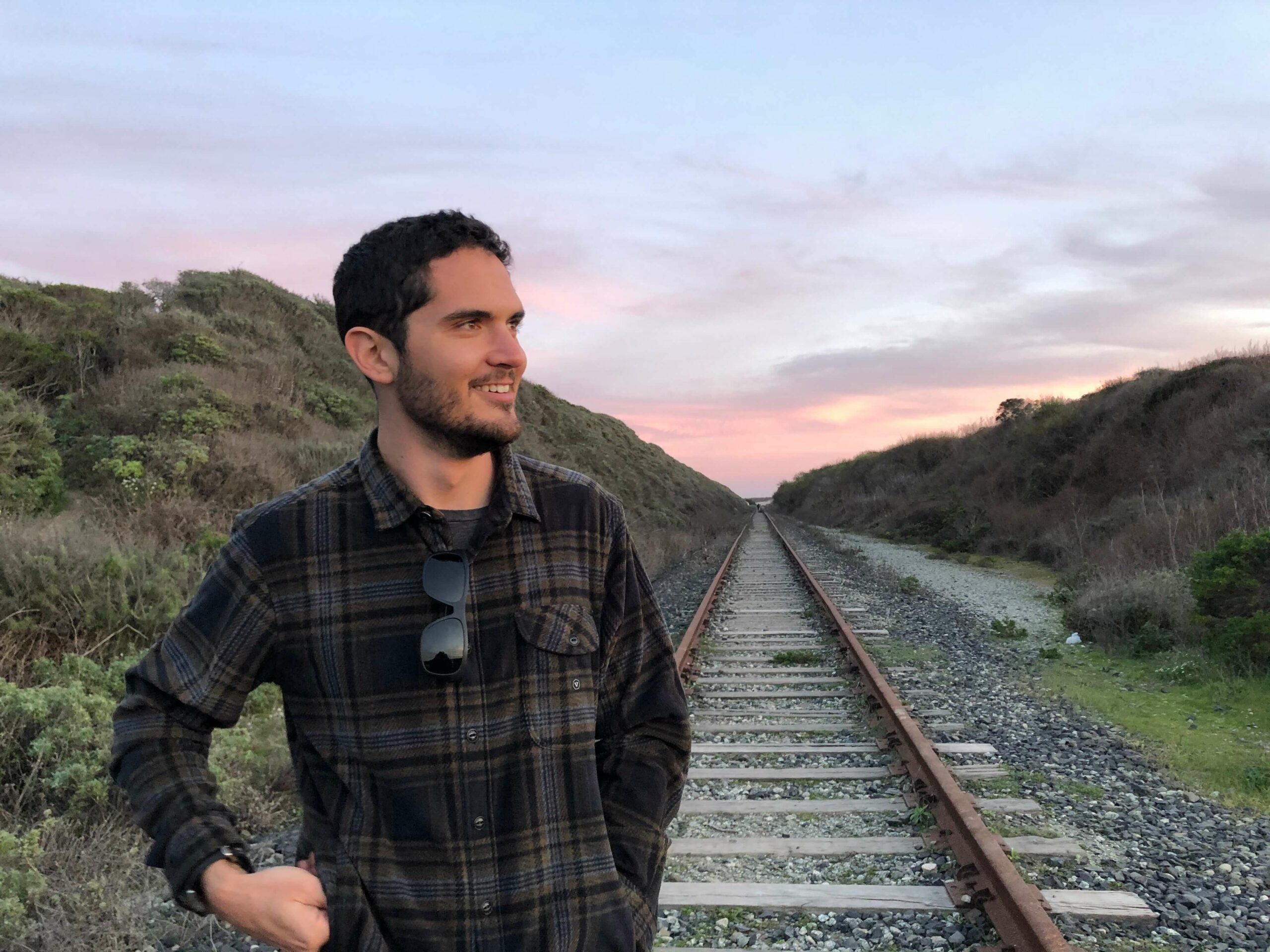
In this new edition of the Ocean Decade Conversations, Diego Sancho Gallegos, Early Career Ocean Professional, takes a deep dive with us into the Save the Waves App Project, showcasing its importance to a range of topics such as supporting coastal communities, promoting ocean accessibility, collecting data and helping beat marine pollution. You can also learn how to apply for the next World Surfing Reserves. Ride this wave with us and learn how to become a coastal steward!
- Could you please tell us what inspired you to get involved with this important movement?
I grew up in Costa Rica, surrounded by the Pacific Ocean and the Caribbean Sea, so I was fortunate enough to spend a lot of time in or around water. This led me to want to study and protect the ocean for a living, so I moved to California to pursue this passion. I think that while the ocean provides people from all around the world with their livelihoods, it also provides a sense of freedom and wonder that is unparalleled and brings tremendous joy and wellbeing to those who live around it. My goal is to work towards a future where the ocean remains a source of economic activity while still being this awe-inspiring landscape that we can all enjoy.
- How do you think the Decade Project Save the Waves initiatives can contribute to the Ocean Decade?
The Save The Waves App, our UN Ocean Decade Action, empowers everyday surfers and beach-goers to protect their coast and beaches by reporting threats to these zones. I think that this is at the core of the Ocean Decade, as we need to engage as many people as possible to ensure the long-term sustainability of our ocean, and the App aims to do exactly that. We are constantly working to connect our users with organizations that can respond to the issues they report on the App, simultaneously educating and engaging new stakeholders with ocean conservation through very simple actions (taking a photo and posting it on the App), and working to find real-world solutions to these problems. I think that, at scale, this has multiple benefits to support resilient, conservation-focused coastal communities.
- How can we better address surfing biodiversity hotspots conservation issues? Could you explain how Save the Waves is working to protect 1,000 surf ecosystem sites by 2030?
At Save The Waves, our goal is to protect 1000 surf ecosystems by 2030. A surf ecosystem is the land-to-sea interface where amazing waves for surfing occur, plants and animals live, and communities make a living and recreate. These ecosystems contain some of the most unique living beings and provide a sustainable source of income through tourism, if managed in the correct way. To protect these resources, our strategy focuses on 3 key elements: protect, steward, and defend. We believe that legally protected areas (Protect), effective stewardship (Steward), and a mobilized constituency (Defend) result in successful long-term conservation of surf ecosystems. Examples of each include our World Surfing Reserves (WSR) and Surfing Protected Area Network (SPAN) programs to protect these places, the Save The Waves App, our endorsed Decade Action, to successfully steward them, and our Campaigns program to defend surf ecosystems under threat. So, every ocean user can become a part of this strategy by using the Save The Waves App to become an effective steward of their coast.
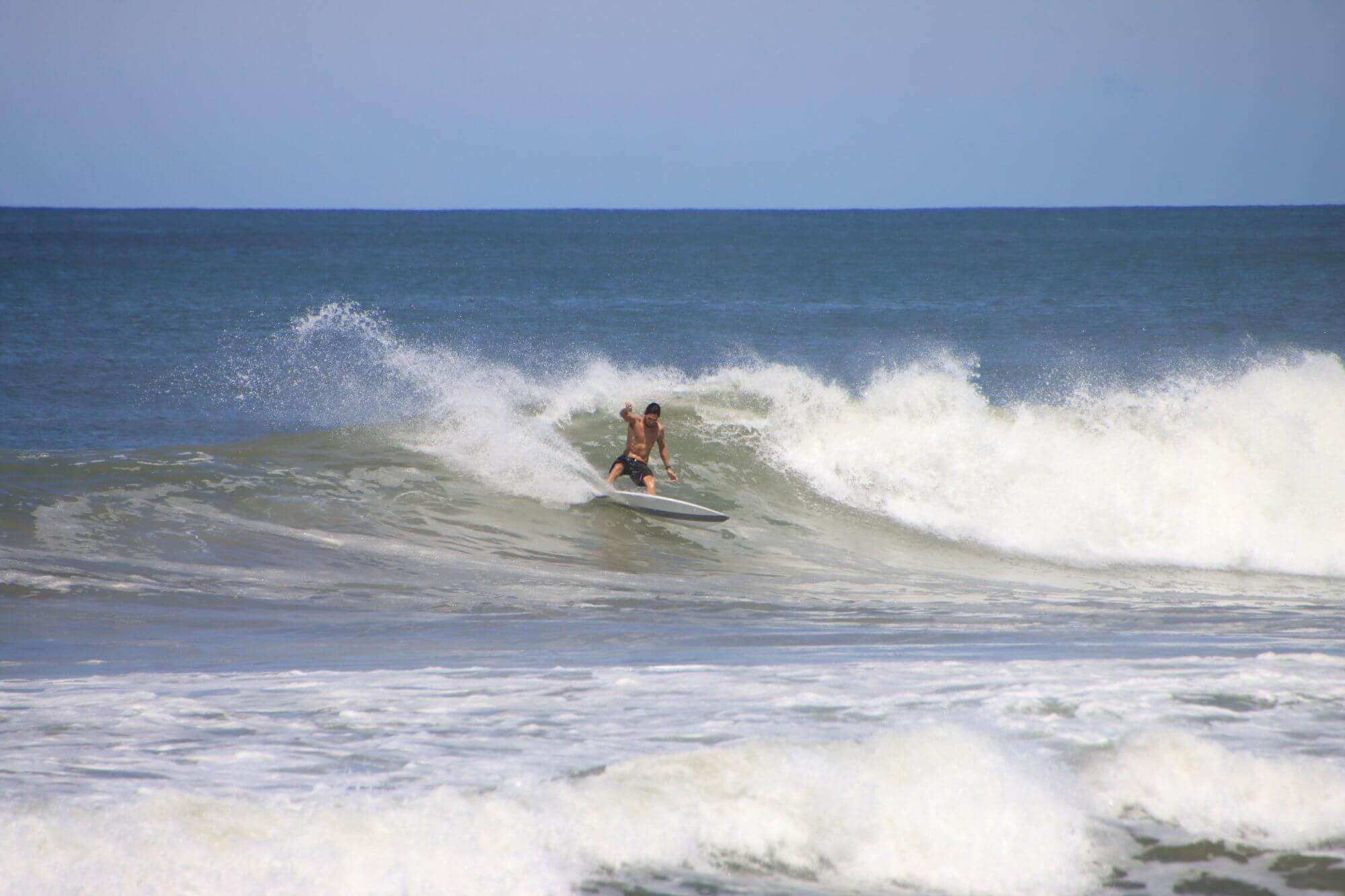
- What kind of key data can we access from the Save the Waves app to increase community resilience to ocean hazards and to beat marine pollution – two of the Ocean Decade Challenges – or even more? What are the next steps to raise awareness about/help coastal communities?
The Save The Waves App is a unique coastal threat monitoring tool. We map out anything that a user may perceive as a threat, categorizing it into 6 main categories and a 7th “general” category. Trash & marine debris accounts for more than half of our dataset, since it’s the most prevalent and easy to identify, so we use these data to map trash hotspots, connect the data to global mapping efforts, and provide users with resources to take their efforts to tackle trash one step further. The impacts of sea level rise, such as coastal erosion and heavy coastal armoring are also tracked through the app, which give us data to understand where the most vulnerable surfing communities exist and chart alternative paths to climate resilience. Accessibility to the ocean is another important challenge that we tackle with the App, as accessibility includes both physical access to the coast as well as good water quality, both of which allow people to use the coastal ocean in a safe and healthy way. We track water quality issues and issues of access separately, but they both lead to a safe, accessible ocean for everyone to enjoy.
The next steps for the App are to continue growing our network of users and partners, which will also grow our database. A key step moving forward will be connecting more of these reports to real, on-the-ground stewardship projects that tackle the root cause of the issue reported on the App. We’ve been successful thus far in tackling a few of these issues by partnering with local organizations and communities, and we want to take our learnings and scale up so that the App can benefit even more communities.
- What are the next steps to spread the word about the app worldwide?
Partnerships are key both to responding to threats as well as spreading the word about the App. We work with local communities and organizations to train surfers and beach-goers on the utility of the App, focusing on their context and the threats that they face. The more partners we have around the world, the more impactful the App can be and the more people will know about it. While social media campaigns are always helpful in spreading the word, we’ve identified organic, grassroots growth as yielding the most engaged users that are invested in solving these problems. Like most things, these two approaches are more effective when combined, as a lot of our partners come from social media outreach and/or pre-existing collaborations.
- Do you have a book / song / podcast that inspire Save the Waves work to share with the Decade Community?
Yes! Our CEO Nik Strong-Cvetich has featured in a few podcasts over time, my favorites are episode #62 of The Wire podcasts by Firewire Surfboards titled “How To Save a Surf Spot with Nik Strong-Cvetich; Executive Director of Save The Waves Coalition” and episode #153 of the Kyle Thiermann podcast titled “How To Save A Wave – Nik Strong-Cvetich”.
As to books, I think “Saltwater Buddha” by Jaimal Yogis is probably the most impactful book I read in middle school. Also, Dr. Wallace J. Nichols’ “Blue Mind” is a must read for anyone curious about why the ocean draws us the way it does – or put in a different light: why we should all spend more time in the ocean!
